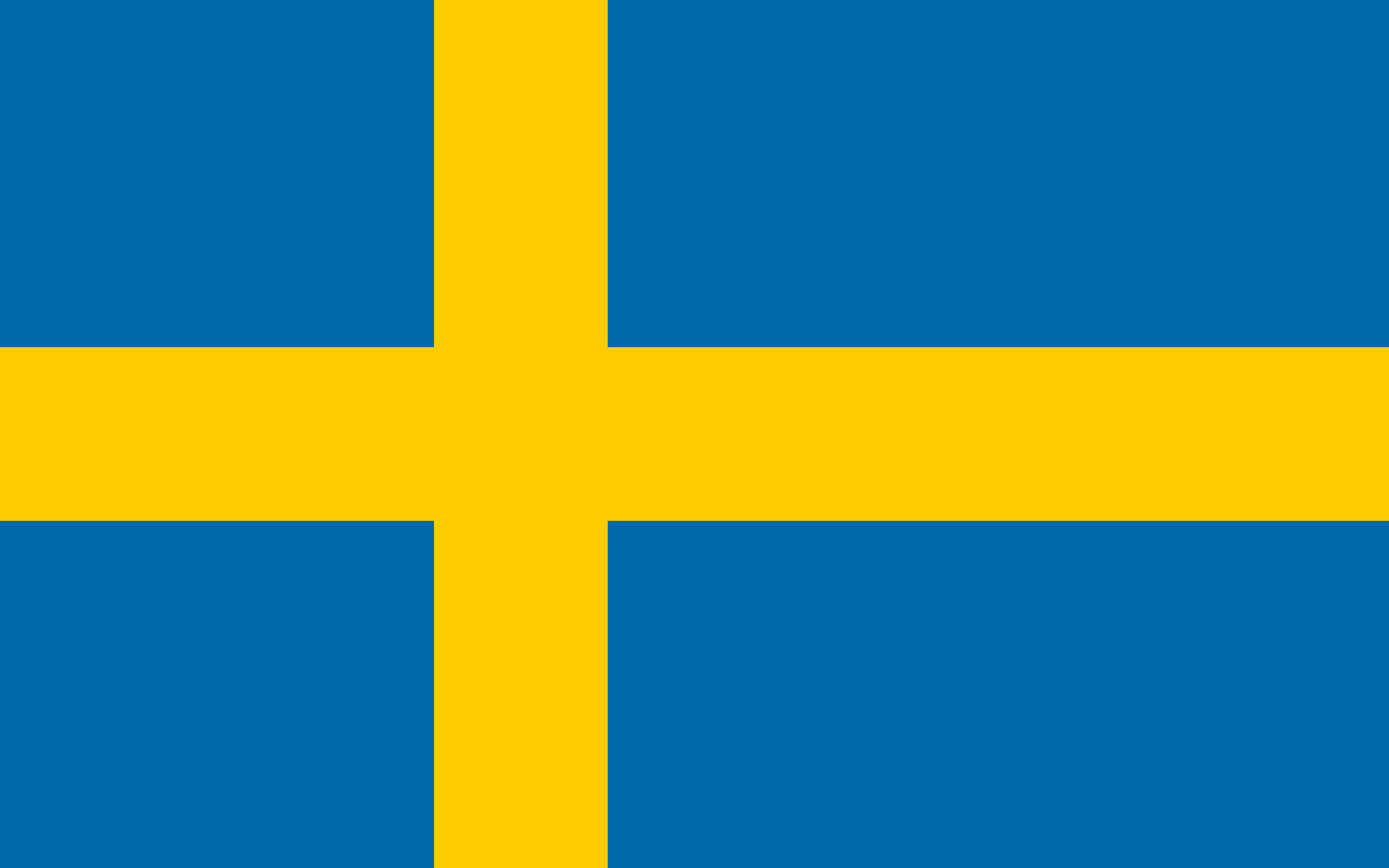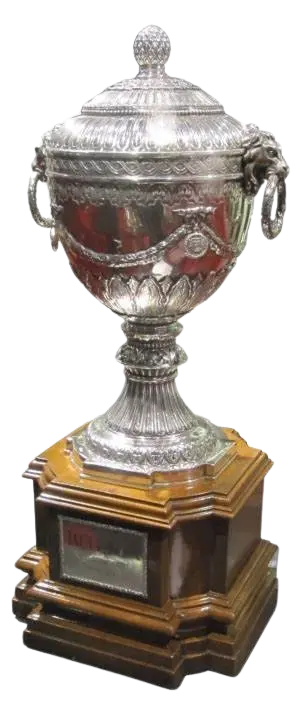Gunnar Nordahl
Gunnar Nordahl is undoubtedly the best number 9 that Sweden has undoubtedly known in its entire history. Gunnar Nordahl was one of the biggest football stars of the 1950s, and one of the first legends of AC Milan.

Games
Goals
Assists
Trophies
1937/40 Hörnefors IF (SWE) 41 matches, 68 goals
(Swedish D3 Championship: 41 matches, 68 goals)
1940/44 Degerfors IF (SWE) 77 matches, 56 goals
(Swedish Championship: 77 matches, 56 goals)
1944/49 IFK Norrkoping (SWE) 95 matches, 93 goals
(Swedish Championship: 95 matches, 93 goals)
1949/56 AC Milan (ITA) 266 matches, 220 goals
(Italian Championship: 257 matches, 210 goals)
(European Champion Clubs' Cup: 5 matches, 4 goals)
(Latin Cup: 4 matches, 6 goals)
1956/58 AS Roma (ITA) 34 matches, 15 goals
(Italian Championship: 34 matches, 15 goals)
With the Nation Team :
33 caps, 43 goals
(Friendly matches: 24 caps, 24 goals)
(Olympic Games: 4 caps, 7 goals)
(Nordic Championship: 5 caps, 12 goals)
1st selection: June 28, 19742 against Denmark (3-0)
Last selection: November 14, 1948 against Austria (1-2)

Nils Gunnar Nordahl
Born October 19, 1921 in Hörnefors (SWE)
Died on September 15, 1995 in Alghero (ITA)
Swedish, striker, 1m82
Nicknames: “Il Pompiere”, “Il Bisonte”, “Il Canoniere”
A linear progression
Gunnar Nordahl was a player with an impressive physique, with excellent heading, he had a wide offensive palette, he was particularly known for his volleys. He was born on October 19, 1921 in Hörnefors in Sweden into a large and poor family. His father works to feed and raise his ten children.
He began his career in 1937, in the Hörnefors IF club which played in the 3rd Swedish division, he remained there until 1940 and scored 68 goals in 41 matches and was spotted by the Swedish 1st division club Degerfors IF.
The young player who was 19 years old when he arrived at Degerfors IF continues his rise and continues to show his great finishing ability. In 77 matches with the club, he scored 56 goals and therefore signed for the best club in the country: IFK Norrköping. There, he scored 93 goals in 95 matches and won 4 Swedish championships.
End of adventure with Sweden but start of adventure in Italy
In 1948, he participated in the London Olympic Games and won the Gold medal, finishing as the tournament's top scorer with 7 goals scored. During the tournament, he is followed by the biggest European clubs.
The club that had the honor of signing him was none other than AC Milan, which signed him on January 22, 1949. Unfortunately, becoming the first Swedish player to be professional forced him to give up the national team. This choice is widely criticized by Swedish supporters who see him as the best player of his generation in the country in attack. Moreover, this will deprive him of the golden generation of Swedish football which reached 3rd place in the 1950 World Cup then the final of the 1958 edition. He will still have marked the history of the selection since he will have scored 43 goals in 33 matches for Sweden.
An absolute legend of the Italian championship
Now a Milan player, he becomes the first Swedish player to leave his home country to play in a foreign country but he arrives in Italy as an anonymous player. He is still joined by Gunnar Gren and Nils Liedholm with whom he forms a legendary trio, the famous "Gre-No-Li". With AC Milan, he won 2 Italian championship titles, individually, he established himself as the best striker in the championship of his period with 5 titles as top scorer in the championship with AC Milan.
Aged 35, he decided to leave Milan to join AS Roma and players like Alcides Ghiggia and Dino Da Costa. Despite a spectacular and effective offensive line, the Louve club does not do well in Calcio. For his last season, due to injuries and age, he had to be content with 4 small matches, for only 2 achievements. Thus, he left Serie A in 1958 with a dizzying total of 225 goals in 291 matches, the 3rd best total in history behind the two Italians Silvio Piola and Francesco Totti.
The physically strong striker made history with his consistency, his dribbling quality and his impeccable finishing. The Swede's success was a precursor, as clubs were looking for the next foreign superstar, and players were all heading to Italy in search of a very lucrative new contract, with Italy offering bridges gold at the time in football. Retrained as a coach, Nordahl briefly took charge of Roma before moving to his native homeland. He died in 1995 in Sardinia, in Alghero, in this Italy which he considered his second country, at the age of 74 but his legend is not about to disappear. Supporters of Sweden and AC Milan are there to keep the flame alive.
Trophies :

Gold Medal Olympic Games x1
- 1948 (Sweden)
Nordic Championship x1
- 1948-51 (Sweden)

Latin Cup x2
- 1951 (AC Milan)
- 1956 (AC Milan)

Finalist Latin Cup x2
- 1953 (AC Milan)

Serie A x2
- 1951 (AC Milan)
- 1955 (AC Milan)

Vice-Champion Serie A x3
- 1950
- 1952
- 1956
Sweden League x4
- 1945 (IFK Norköpping )
- 1946 (IFK Norköpping)
- 1947 (IFK Norköpping)
- 1948 (IFK Norköpping)
Vice-Champion Sweden League x1
- 1941 (Degerfors IF)
- 1955 (AC Milan)
Sweden Cup x1
- 1945 (IFK Norköpping)
Individual Trophies :
- Top Scorer in the Swedish championship in 1943 (14 goals) (Degerfors IF), 1945 (27 goals), 1946 (25 goals) and 1948 (18 goals) (IFK Nörrkoping)
- Best Scorer in the Italian championship in 1950 (35 goals), 1951 (34 goals), 1953 (26 goals), 1954 (23 goals) and 1955 (27 goals) (AC Milan)
- Top scorer at the 1948 London Olympics (7 goals)
- Swedish Golden Ball in 1947
- Inducted into the AC Milan Hall of Fame
- Swedish sporting merit in 1945